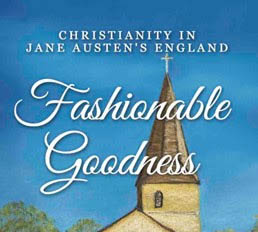Occasionally these Friday posts have a very specific audience in mind. Last week’s Run DMC post was largely directed at one person, myself (this is also the case for any post involving Mister Rogers, The Ramones, or the works of William Gibson). Today we reach out to our in-house Jane Austen-ites (you know who you are), with a succinct and interesting look at the author’s innovative exploration and use of “free indirect speech”. Through this literary technique, Austen gives the reader intimate access to a character’s inner thoughts, while still providing the narrator with critical distance to provide a frame in which those thoughts can be understood. Austen wasn’t the first to use this technique, but was the first to use it consistently and fully explore its use.
Discussion
5 Thoughts on "Jane Austen’s Free Indirect Speech"
Thanks for this David – perfect timing. I am in the middle of rereading Pride and Prejudice.
Thank you for this David. #Gold
Wonderful! (Speaking as one of the in-house Janeites)
This is a good summary but who is the speaker? I’m confused. David Crotty or Evan someone?
Sorry for any confusion. Since its inception in 2008, The Scholarly Kitchen typically runs more lighthearted posts on Fridays, often highlighting video content found elsewhere on the web. The introductory text in the post is by David Crotty, the video itself comes from an account called “Nerdwriter” which you can find out more about here: https://www.youtube.com/@Nerdwriter1


